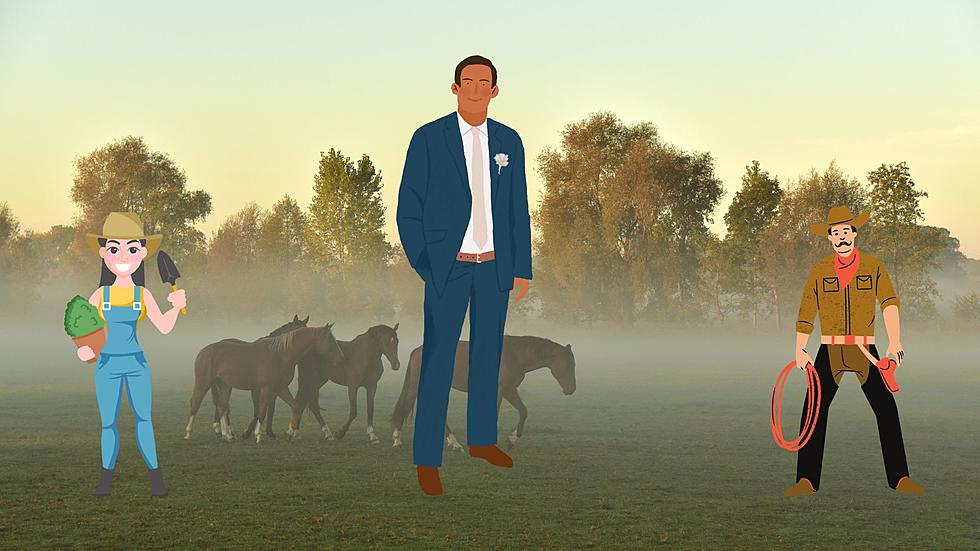
Why Some Fast Food Chicken In North Dakota Eats Like Rubber
Have you ever rolled up to a fast food joint in North Dakota only to have your chicken sandwich feel like it's made out of rubber?

The feeling is rather unsettling and more than enough to ruin your appetite.
Goodnews-Bad News
Good news first: Scientists have discovered what is known as "woody breast" a myopathy/muscle disease in the muscle of chicken. Essentially, it’s a disorder where the chicken’s muscle fibers don’t function properly, leading to a hard, rubbery texture in the meat.
Now for the bad news: It seems to be a result, at least partially, of commercial chicken operations where they try and pack on as much muscle mass on the chickens as quickly as possible to get them to market.
The seemingly only way to avoid it in your own kitchen is to stick to organic or small farm-raised chickens, not from places where mega corporations such as Purdue and Tyson do everything in their power to maximize profits at the expense of the farmers and the animals.
Understanding the Phenomenon
Studies have found a significant increase in the prevalence of woody breast, a myopathy in chicken muscles, from 5% in 2012 to almost one third (29%) in 2015.
Woody Breast vs. White Striping
Woody breast and white striping are different muscle diseases affecting chicken meat quality. While woody breast result in a hard, rubbery texture, white striping manifests as small white stripes due to increased collagen and fat in the muscles.
Both conditions are attributed to modern breeding and farming practices, particularly the selection for accelerated growth rate and high breast yield in broiler chickens.
Impact on Chicken Welfare
The unnatural growth of chickens bred for meat adds stress to their bodies, leading to mobility issues and other health problems. Chickens affected by woody breast struggle to right themselves when they fall over and exhibit decreased activity levels.
While there isn't a known risk to human health from consuming meat with woody breast or white striping, these conditions significantly lower meat quality and are indicative of welfare issues in chicken farming.
Moving Towards Better Practices
Efforts are underway to improve chicken welfare by using more naturally growing breeds and adhering to higher welfare standards. Although the commercial chicken industry and animal welfare are not two things that coincide very often.
Addressing Other Welfare Concerns
In addition to woody breast and white striping, concerns have been raised about other welfare problems in the chicken meat industry, such as ammonia burns on chicken feet. These issues underscore the need for comprehensive reforms in farming practices to ensure the well-being of animals and the quality of meat products.
The prevalence of woody breast and white striping in chicken meat highlights the urgent need for reform in the chicken meat industry.
By prioritizing animal welfare and adopting sustainable farming practices, we can ensure both the quality of meat products and the ethical treatment of animals in the food supply chain.
Beware of Idaho's '50-Mile' Rule or Be Fined!
Gallery Credit: Credit: Mateo, 103.5 KISS FM
2024 Summer Rock Tours
Gallery Credit: Corey Irwin
More From KEYZ AM 660









